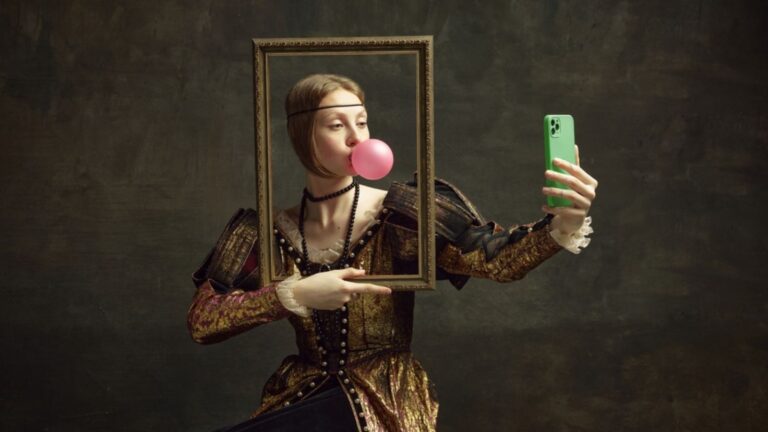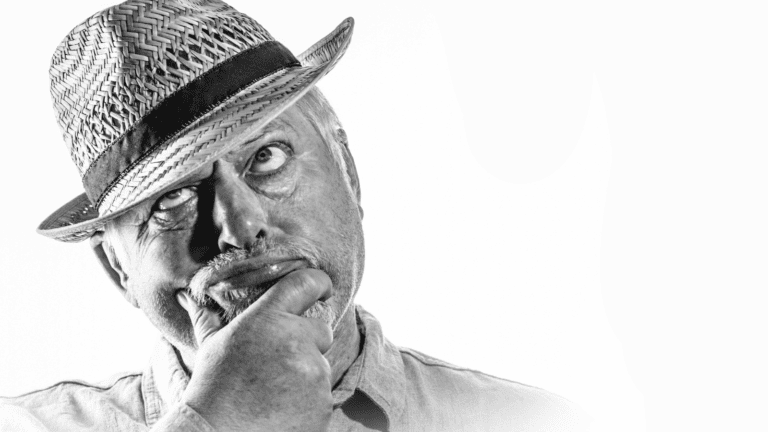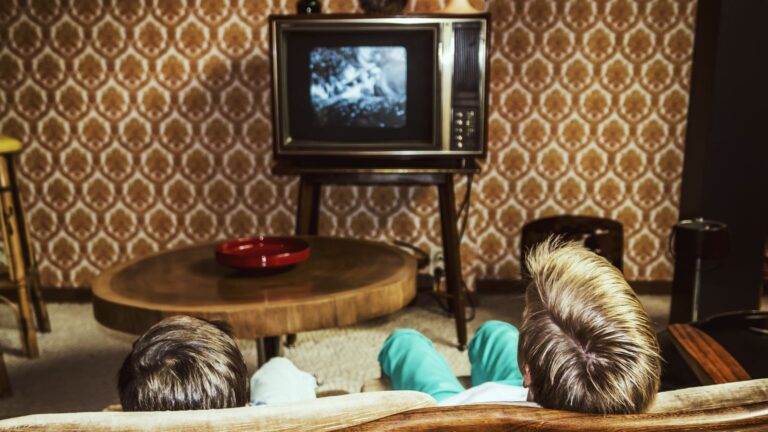19 Beloved TV Shows from the ’90s That Would Never Get Made Now
The ’90s was a great decade for television, producing some of the most iconic and beloved TV shows ever. However, looking back, it’s clear that many of these shows would face significant challenges if pitched in today’s entertainment industry. From societal shifts to changing tastes, here are 19 beloved TV shows from the ’90s that would likely never get made the way they were in today’s television landscape:
This post may contain affiliate links meaning I get commissions for purchases made in this post. Read my disclosure policy here.
Friends (1994-2004)

The iconic sitcom about a group of friends in New York City, celebrated for its humor and camaraderie, would face criticism today for its lack of diversity and reliance on stereotypical character tropes. The predominantly white, affluent cast of Friends may be seen as out of touch with the realities of modern urban life. Additionally, the show’s portrayal of LGBTQ+ characters and issues is limited and often played for laughs, which could be perceived as insensitive.
Seinfeld (1989-1998)

Seinfeld, often hailed as a masterclass in observational humor, might struggle to find its place in today’s landscape due to its boundary-pushing comedy and irreverent take on social norms. The show’s unapologetic approach to race, gender, and relationships could be met with backlash. Furthermore, the need for more diversity among its core cast and recurring characters is a glaring omission in an industry striving for more inclusive representation.
The Fresh Prince of Bel-Air (1990-1996)

While beloved for its charm and heartfelt moments, The Fresh Prince of Bel-Air would face scrutiny today for its portrayal of race and class. The show’s premise could be perceived as reinforcing stereotypes about African American culture and socioeconomic status. Additionally, the lack of nuanced discussions about race and identity within the predominantly black cast may be seen as a missed opportunity for more meaningful storytelling.
Buffy the Vampire Slayer (1997-2003)
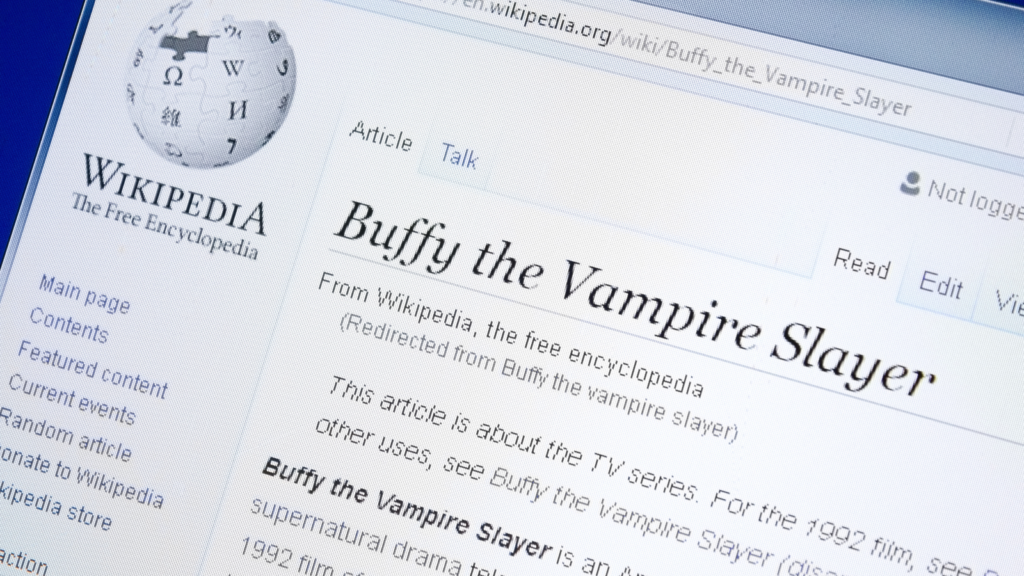
Buffy the Vampire Slayer might struggle to gain traction in today’s crowded television landscape due to its genre-blending nature and episodic format. While the show’s exploration of themes like empowerment, friendship, and adolescence resonated with audiences in the ’90s, its blend of horror, comedy, and drama may seem disjointed to modern viewers accustomed to more streamlined storytelling.
The X-Files (1993-2002)

The X-Files might struggle to captivate modern audiences accustomed to binge-worthy serialized dramas. The show’s slow-burn approach to storytelling and occasional reliance on convoluted plotlines might not align with contemporary audiences’ fast-paced viewing habits.
Married… with Children (1987-1997)

Married… with Children, known for its irreverent humor and dysfunctional family dynamics, would likely face criticism today for portraying gender roles and inappropriate content. The show’s depiction of the Bundy family, characterized by their crass behavior and dysfunctional relationships, could be seen as reinforcing harmful stereotypes about working-class Americans. Additionally, the frequent use of sexist and misogynistic jokes, along with the objectification of women, may be deemed unacceptable.
Roseanne (1988-1997)
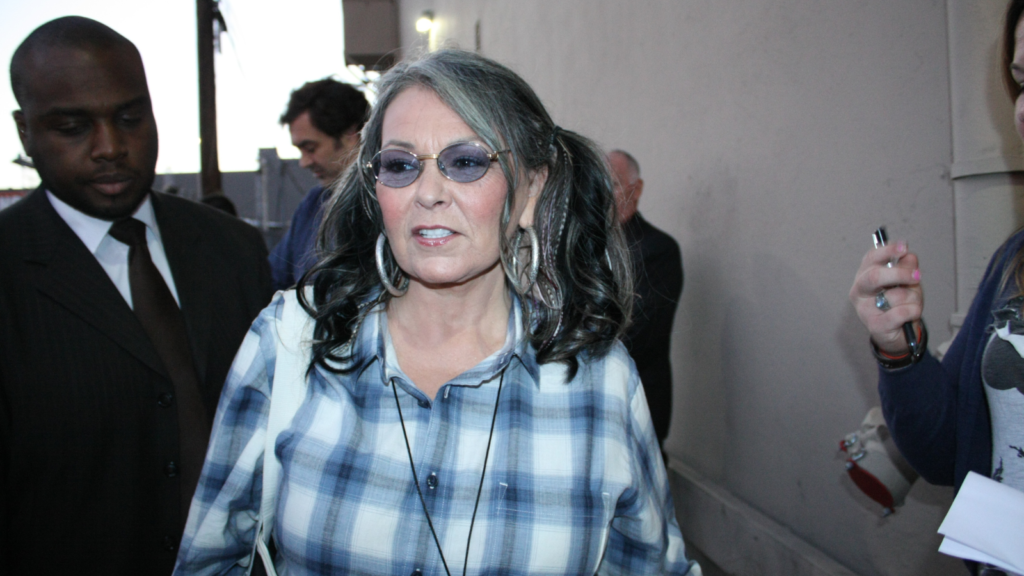
Roseanne, a sitcom celebrated for its portrayal of working-class America, faced controversy upon its revival in 2018 due to the off-screen behavior of its titular star. Despite its popularity in the ’90s, the show’s depiction of blue-collar life and unconventional family dynamics may not resonate as strongly with modern audiences. Furthermore, the lack of diversity among its core cast and occasional reliance on outdated stereotypes could hinder its relevance in today’s more socially conscious television landscape.
Twin Peaks (1990-1991)

Twin Peaks, renowned for its surreal atmosphere and enigmatic storytelling, might struggle to find its audience in today’s era of high-concept television dramas. The show’s deliberately paced narrative and abstract storytelling might not align with the fast-paced viewing habits of modern audiences accustomed to instant gratification and rapid plot development.
Beavis and Butt-Head (1993-1997)

Beavis and Butt-Head, known for its crude humor and satirical take on teenage life, would likely face intense scrutiny in today’s media landscape for its portrayal of juvenile delinquency and questionable content. The show’s depiction of its titular characters could be seen as glorifying irresponsible behavior and reinforcing negative stereotypes about youth culture.
The Ren & Stimpy Show (1991-1996)

The Ren & Stimpy Show, celebrated for its dark humor and provocative storytelling, is likely inappropriate for modern audiences, especially children. The show’s surreal animation style and offbeat humor could be perceived as disturbing and unsettling to contemporary viewers, who expect more sanitized and age-appropriate content. Additionally, the show’s frequent use of adult themes and imagery may be seen as unsuitable for children’s programming today.
South Park (1997-present)
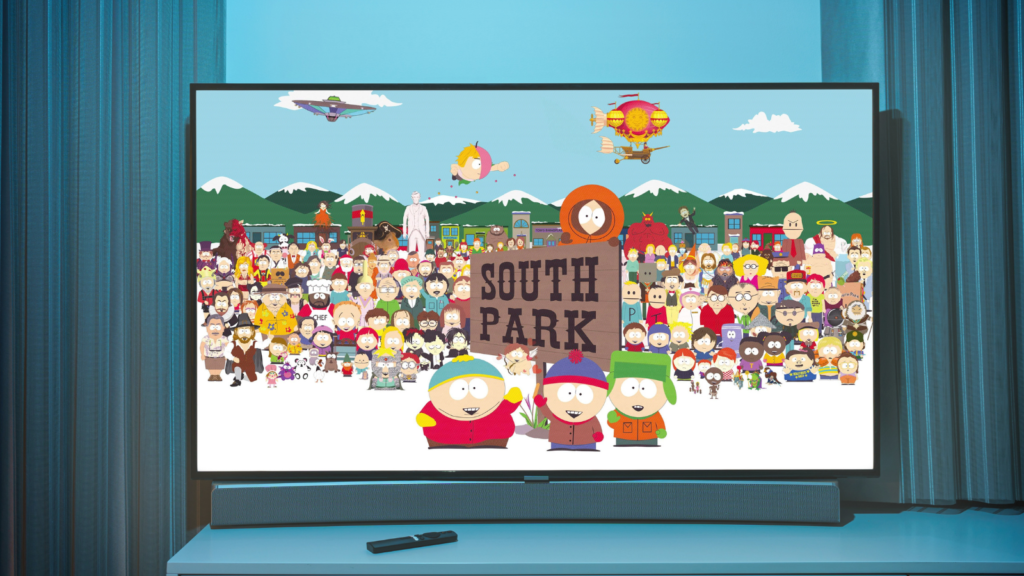
Despite its continued success, the show’s irreverent take on current events and willingness to tackle taboo subjects have made it a lightning rod for controversy since its inception. However, in an era where cancel culture and online activism are prevalent, South Park’s boundary-pushing humor and willingness to offend is seen as irresponsible or offensive by a wider audience.
Baywatch (1989-2001)

Baywatch, known for its iconic slow-motion beach scenes and scantily clad lifeguards, would likely be criticized for objectifying women and lack of diversity in body types in today’s more socially conscious environment. Its emphasis on titillating visuals and exaggerated portrayals of beauty standards may be seen as outdated and regressive by modern audiences. The lack of substantive storytelling and reliance on superficial aesthetics could be perceived as shallow and lacking in depth.
Saved by the Bell (1989-1993)

While cherished for its nostalgic charm, Saved by the Bell’s portrayal of high school life may seem dated and unrealistic to modern audiences. The show’s idealized depiction of teenage experiences and lack of diversity among its core cast is a missed opportunity for more authentic storytelling. The show’s simplistic moral lessons and formulaic plotlines may not resonate with contemporary viewers accustomed to more nuanced and sophisticated storytelling in teen-oriented television.
Home Improvement (1991-1999)

Home Improvement, a family-friendly sitcom centered around a bumbling but well-meaning father figure, may struggle to find a place in today’s television landscape. The show’s traditional gender roles and portrayal of masculinity could be seen as outdated and regressive by modern standards. The lack of diversity among its core cast and occasional reliance on stereotypical humor may be deemed unacceptable in today’s era of heightened awareness around representation and inclusivity.
Full House (1987-1995)

While beloved for its wholesome family values and heartwarming moments, Full House’s idealized portrayal of family life may feel out of touch with the complexities of modern family dynamics. The show’s emphasis on traditional gender roles and saccharine sentimentality could be seen as simplistic and unrealistic by contemporary audiences.
Dawson’s Creek (1998-2003)

Dawson’s Creek, known for its dramatic storylines and angst-ridden characters, would likely face criticism today for its lack of diversity and unrealistic portrayal of teenage life. The show’s predominantly white, affluent cast and narrow depiction of adolescence may be seen as out of touch with the experiences of modern teenagers. The show’s reliance on soap opera-style plot twists and exaggerated emotions could be perceived as dated and melodramatic by contemporary viewers accustomed to more authentic and nuanced portrayals of teenage life.
Melrose Place (1992-1999)
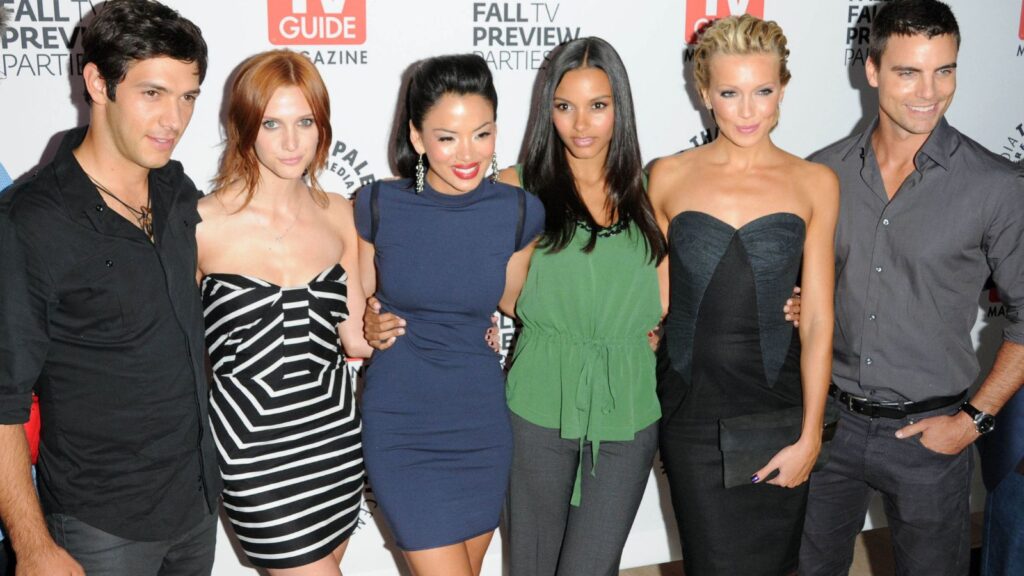
Melrose Place, a primetime soap opera filled with scandalous affairs and over-the-top drama, may need help finding an audience in today’s era of prestige television. Its melodramatic storytelling and exaggerated character arcs could be seen as clichéd and uninspired by modern standards.
The Jerry Springer Show (1991-2018)

The Jerry Springer Show, known for its sensational content and confrontational style, would likely be too exploitative and unethical for today’s television landscape. The show’s willingness to exploit its guests’ personal lives and perpetuate stereotypes for entertainment could be seen as irresponsible and harmful.
Mystery Science Theater 3000 (1988-1999)

Mystery Science Theater 3000, beloved by a cult following for mocking B-movies, may struggle to find its audience in today’s era of high-budget productions and sophisticated storytelling. While the show’s irreverent humor and witty commentary were innovative, they could be overshadowed by more polished and professionally produced content in today’s competitive television landscape.
